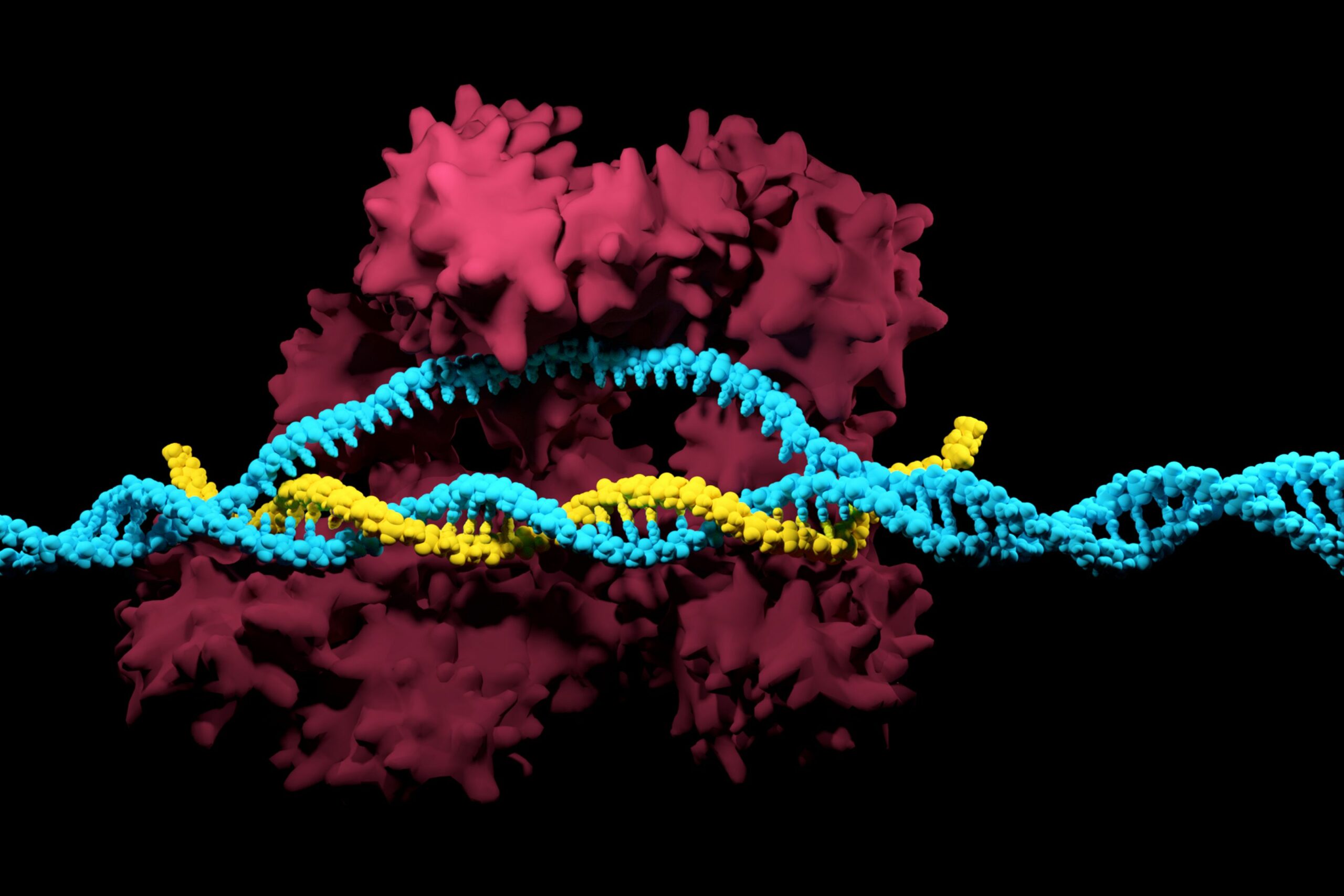Category: News
-

Cigarette smoking is a global health concern, causing a spectrum of diseases including chronic obstructive pulmonary disease (COPD), cancer, and cardiovascular disorders. While the impact of smoking on lung health is widely recognized, its effects on immune cell function remain an area of active investigation. A recent study published in The Journal of Experimental Medicine…
-
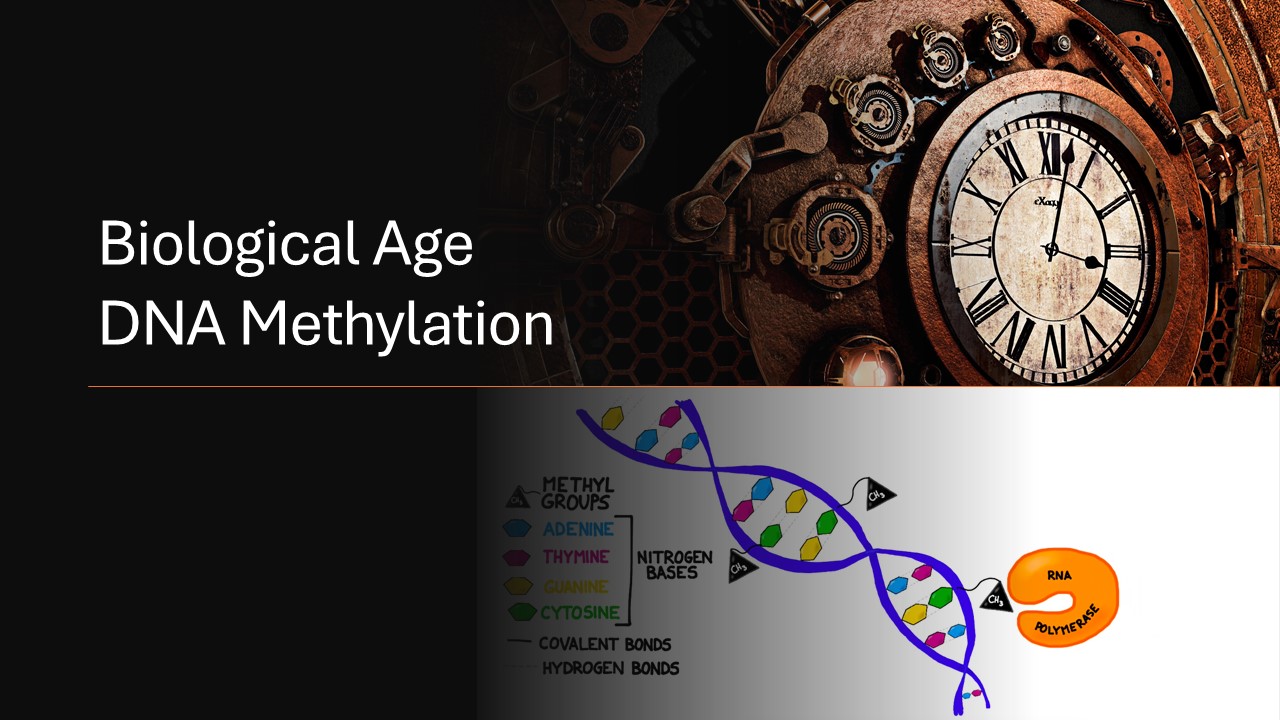
Understanding why individuals of the same chronological age often have different health outcomes has long puzzled scientists. Biological age, which reflects a person’s physiological state, offers a more precise measure of aging than chronological age. A recent study titled “Cell-type specific epigenetic clocks to quantify biological age at cell-type resolution“ introduces a transformative tool to…
-
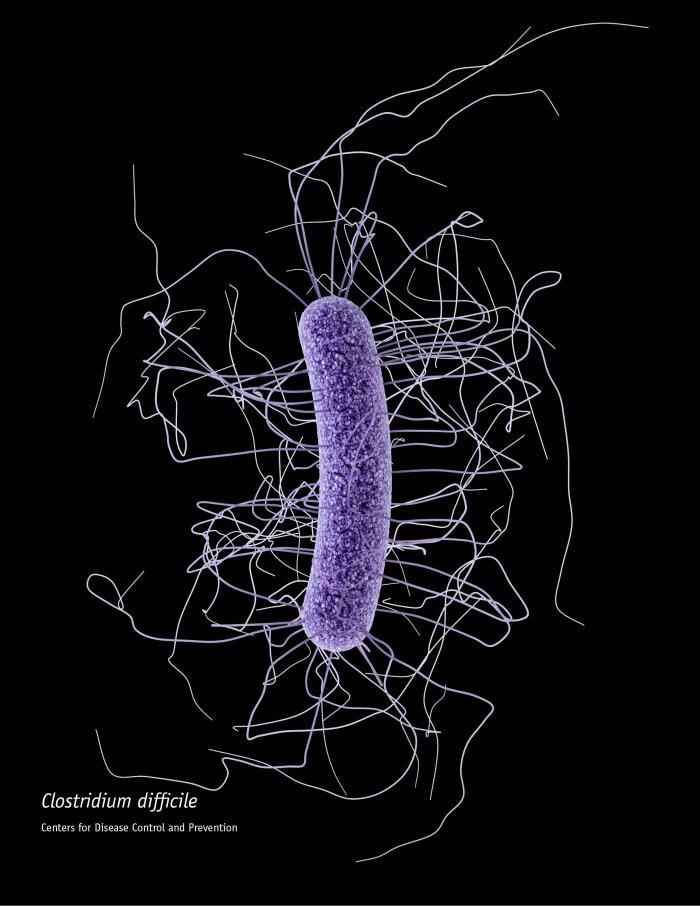
Antibiotic resistance, one of the gravest challenges in modern medicine, continues to undermine our ability to treat bacterial infections effectively. With bacteria developing resistance to previously potent drugs, scientists are racing to find innovative strategies to counteract this growing crisis. One recent breakthrough focuses on an unexpected yet vital factor in bacterial survival: their dependence…
-
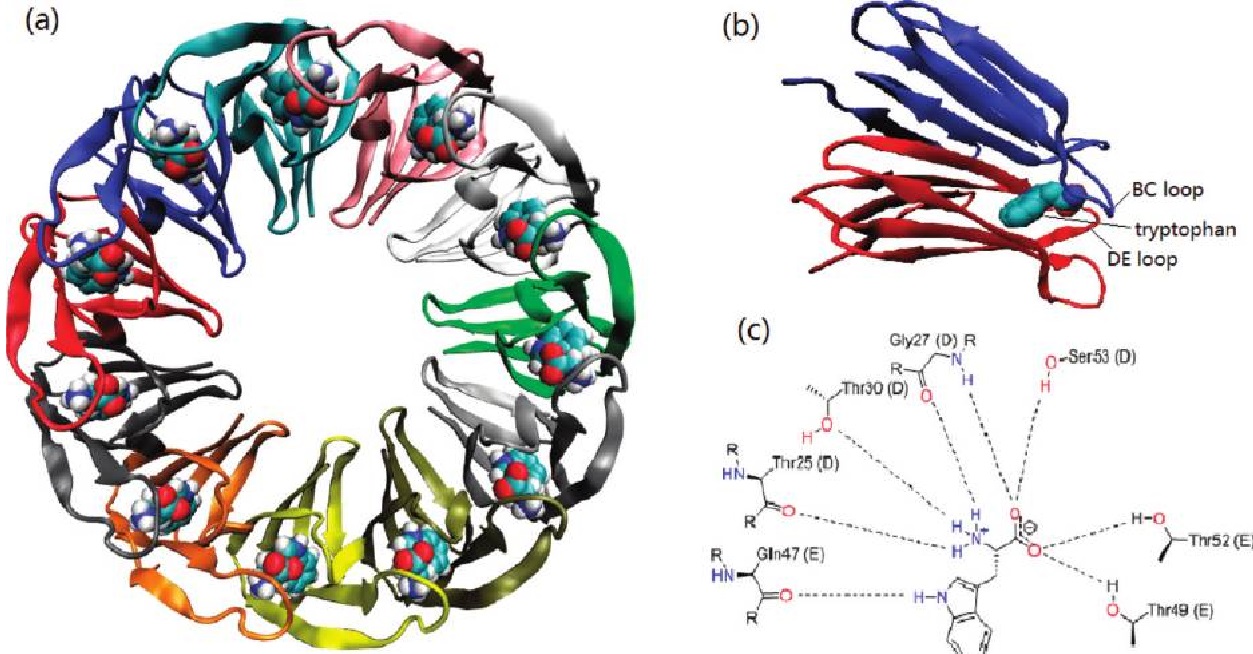
In the rapidly advancing field of nanotechnology, the quest for precise and efficient drug delivery systems has led to the development of innovative solutions aimed at enhancing therapeutic outcomes while minimizing side effects. A notable breakthrough in this arena is the creation of artificial protein cages—nano-sized structures engineered to transport drugs directly to diseased cells.…
-
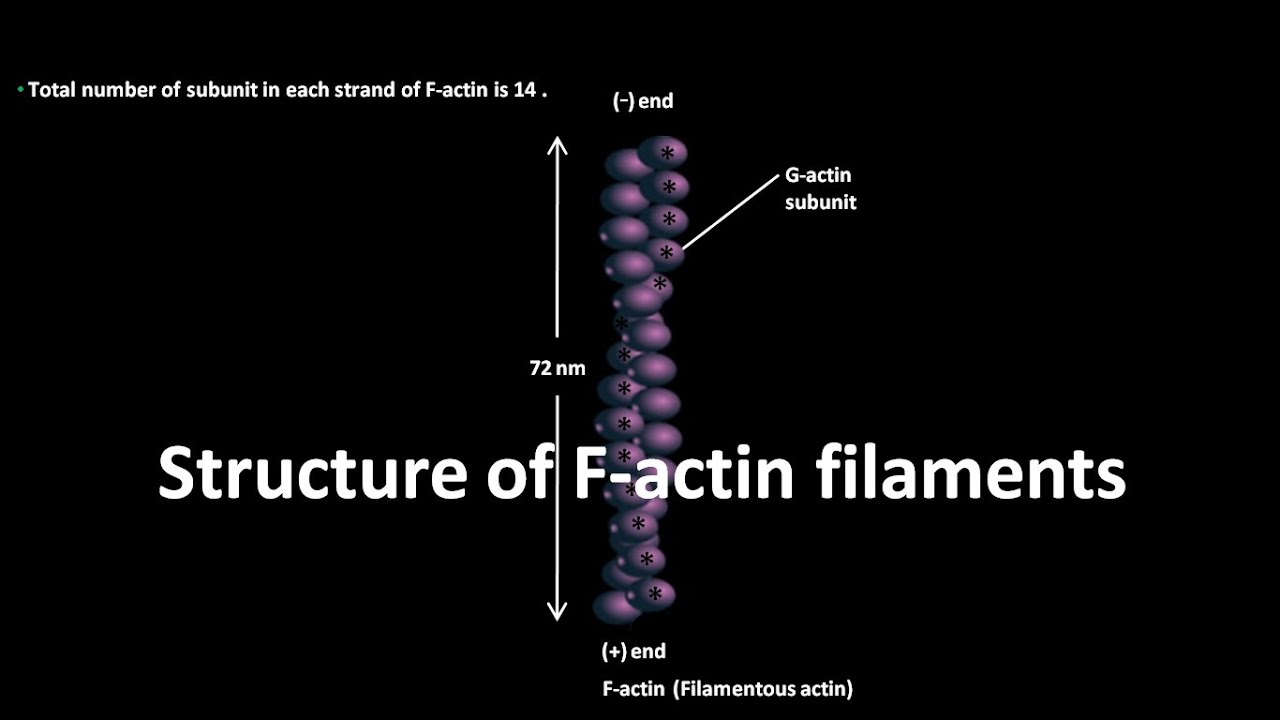
In a groundbreaking study published in Nature Communications, scientists from the University of California, Los Angeles (UCLA), led by Dr. David Walker, have identified a critical factor in brain aging linked to declining healthspan—the accumulation of F-actin, a filamentous form of actin, in the neurons of aging brains. Their findings, based on research conducted with…
-

Our series, dedicated to raising awareness about the world of medical writing, a field still relatively unknown in Italy, continues. This time, we talked with Laura Collada Ali, Medical Writing Manager at Worldwide Clinical Trials and member of the EMWA Executive Committee. Laura shared her vision of medical writing with us, offering precious tips and…
-
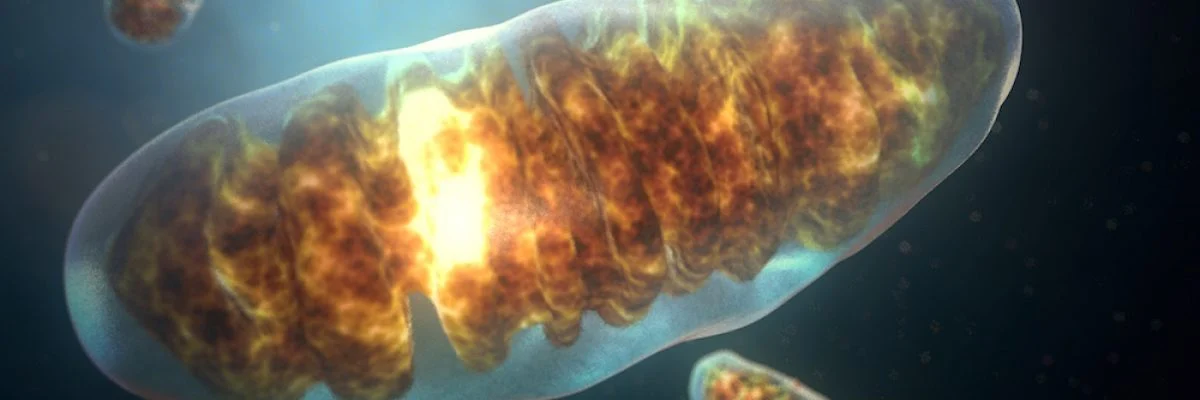
Researchers at the Karolinska Institute in Sweden have discovered a promising new approach to treating obesity and its associated disorders by focusing on the mitochondria, the cell’s energy powerhouse. Their recent publication in Nature Metabolism titled “Inhibition of mammalian mtDNA transcription acts paradoxically to reverse diet-induced hepatosteatosis and obesity” outlines how certain drugs designed to…
-

In a recent publication in Cell Discovery titled “Engineered, nucleocytoplasmic shuttling Cas13d enables highly efficient cytosolic RNA targeting,” researchers from Helmholtz Munich and the Technical University of Munich (TUM) unveiled a groundbreaking advancement in the realm of genetic engineering. Their work introduces a novel tool, Cas13d-NCS, designed to revolutionize the efficacy of CRISPR RNA molecules…
-
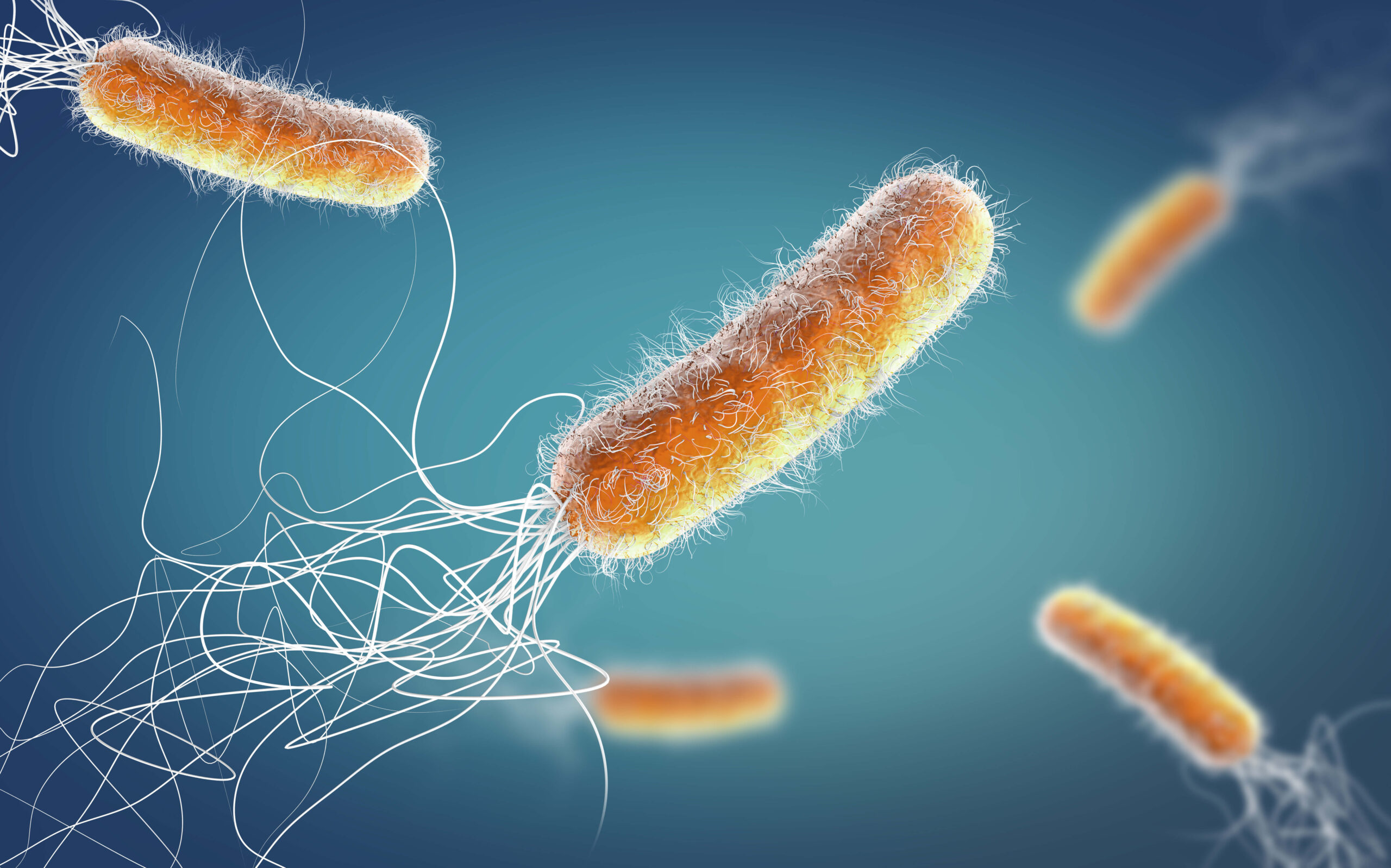
In the ongoing battle against infectious diseases, understanding the intricate mechanisms of bacterial behavior is paramount. Most disease-causing bacteria possess a remarkable ability to rapidly multiply, initiating illness within a matter of minutes. However, equally menacing is their capability to enter a resting state, evading antibiotics and contributing to chronic infections. To shed light on…

